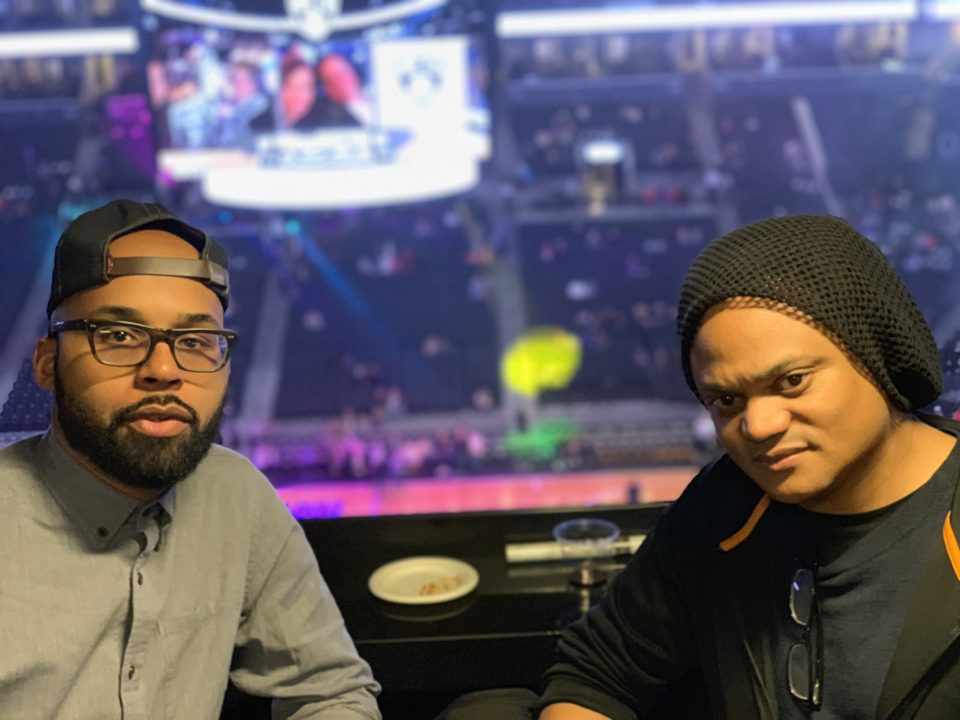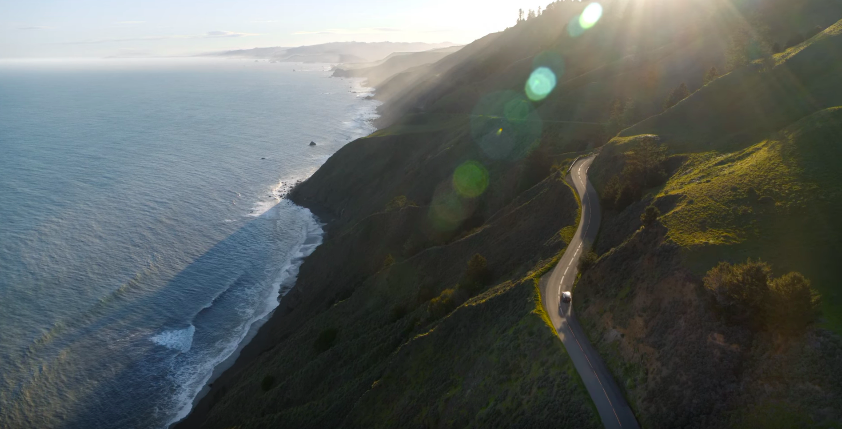In part two of our interview with Black Hole’s Reggie Butler and Andre Sam, the two graphic effects powerhouses share their sources of inspiration, illuminate the machinations of their creative process, and bring us some future-focused GFX thoughts.
Reggie Butler
Tell us a bit about your creative process. How does it vary across projects?
I’m never one to say specifically what I’m going to do and do that one thing and only that thing. That’s not art. I may start with a specific idea but I let the stylus and crazy mind of mine lead the way. I take the ‘idea’ of what the client wants and run with that. Give me a strong concept and often even one word that describes the feel of what you want, and I’m good. I also never completely eliminate that first ‘raw’ idea that I create. It often informs the final one.
Where do you go for inspiration?
Luckily I travel through Soho everyday. It’s the perfect place to see great design—from great logo marks on boutique shops to wonderful and colorful well-designed posters.
What excites you about the future of GFX in terms of the tech and tools available?
I feel like if there is a look you want to achieve, there is a toll that can assist you with it nowadays. The rest is up to that artist inside of you…much is up to that actually. I imagine myself painting when I’m in After Effects; a more organic thing versus a technical and robotic one.
Andre Sam
Tell us a bit about your creative process. How does it vary across projects?
It always starts by carefully listening. Listening to what the creatives are envisioning for project is the initial step I like to take. It lets me know what vision they are going for and the story we are trying to tell. It also lets me start thinking about how much I can push the vision and still keep the important message of the spot. You would be surprised, just one little comment about a particular movie or design or artist can really tell me the vibe of the creatives and agency. Maybe they love sci-fi, futuristic design. Maybe they love super graphic, high-contrast stuff. This really gets my mind going on possible creative ways that can communicate with them and the client. Movies have always my escape into new worlds, new designs and animation and I kind of look at each project as a genre for a movie. Is it serious and sophisticated? Is it fun and playful? Do we want to call attention to the animation? Are we looking for seamless integration of VFX elements? So many possibilities. How much can I push the design and type animation and still have it feel effortless while its supporting and telling the story? Each animation, even if it is just a logo, is a character in the story to me. Main characters, background characters, and so forth. Thinking in terms of movies most times gets my creative process going. It gets me to start thinking about the feeling that I am going for.
Where do you go for inspiration?
I am very inspired by music. I have always listen to a lot of film scores when animating. Music to me can represent certain colors, textures, and specific movements. Once again, it sets a vibe. I also will watch certain scenes from films that I remember as having a certain vibe I’m trying to get to. I also love to walk around Soho and just take a look at the window displays and color combinations. Sometimes just passing an image in a gallery can get me inspired. It really comes down to what I feel when I see something and how I create that feeling I got with a new project. Sometimes I just need to look at the complete opposite of what I’m trying to create so I can guide myself back towards the ‘feel’ of the animations I am trying to create.
What excites you about the future of GFX in terms of the tech and tools available?
I feel that GFX is becoming even more and more important these days and will only continue to grow in the future. There are so many options in media today to tell stories and reach worldwide audiences. Graphics, animation, and visual effects are so much apart of almost every thing we see. What I love most about what I do is that it’s creativity combined with technical execution. I have always loved learning and there is so much more that I want to learn; there are so many design styles to explore. A major set of tools that directly affect how I can create are the new renderers for 3D programs such Arnold, Red Shift, and Octane. These renderers are really changing the way we can create in 3D. Not to even mention all the new VR stuff happening. You can now get feedback at such a faster rate with the GPU renders. To be able to design elements in 3D and see iterations very quickly will be very exciting as the systems and graphics cards advance in the future.
Check out the first part of the interview, here!





